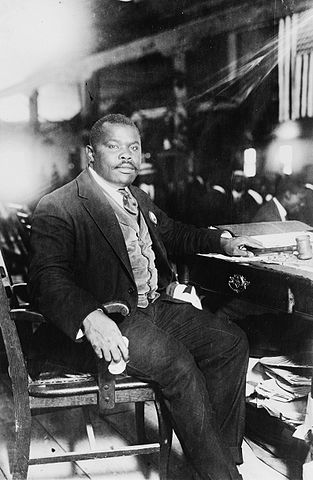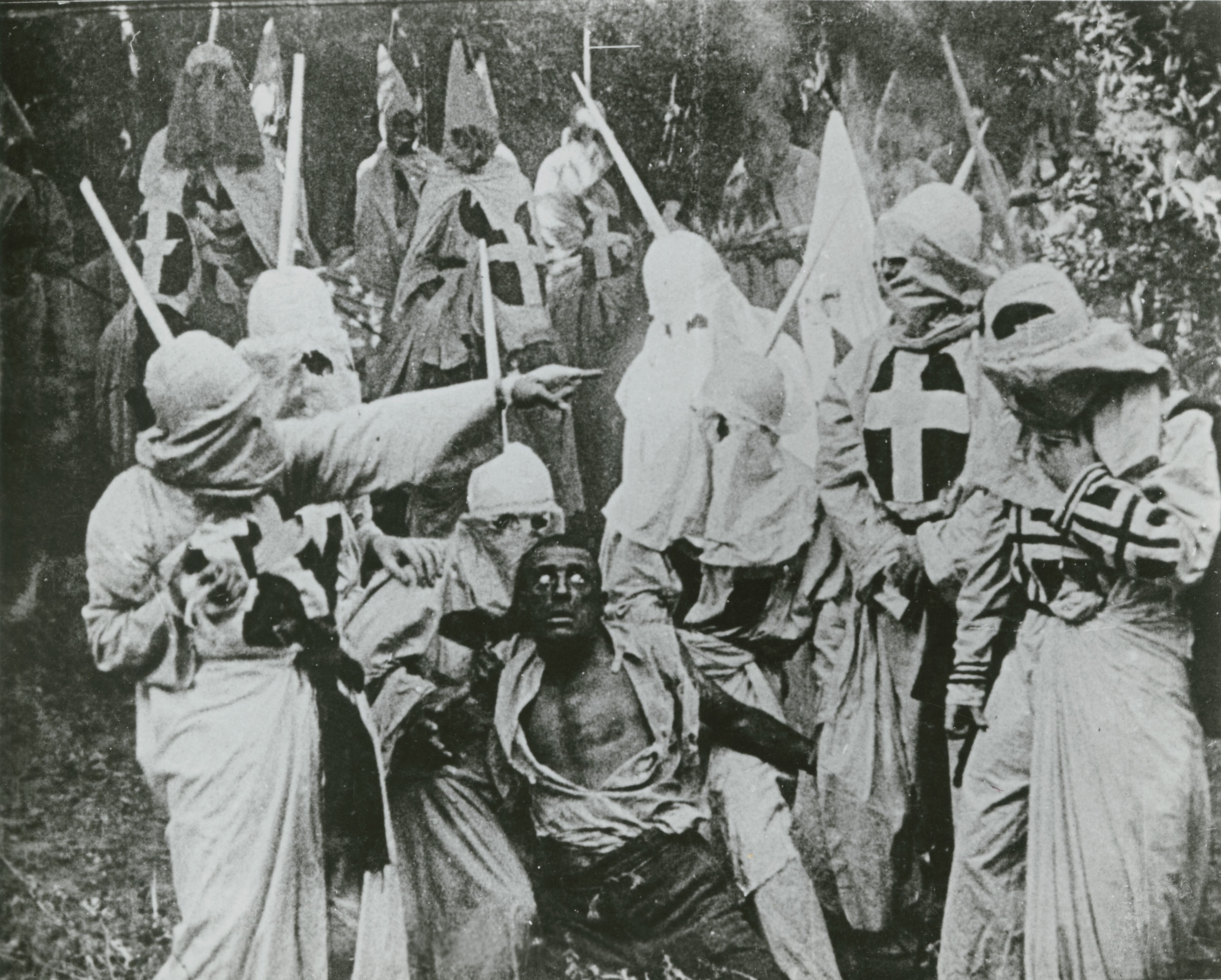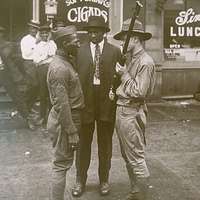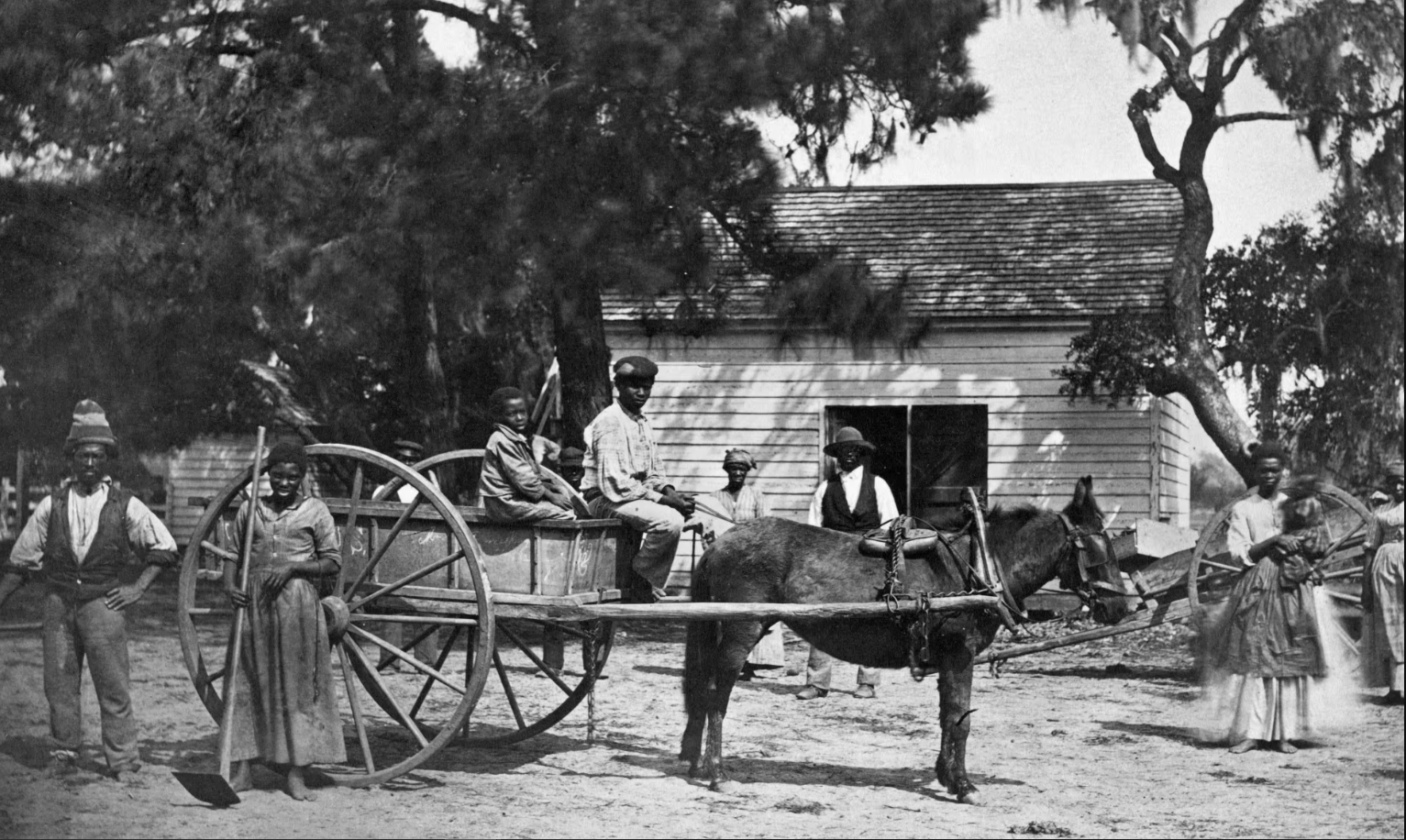1905
First Significant Black Protest of Twentieth Century
The Niagara Movement, led by W.E.B. DuBois and William M. Trotter, is the first significant black organized protest movement of the twentieth century in Buffalo, NY. It is an attempt by a small yet articulate group of radicals to challenge Booker T. Washington’s ideals of accommodation.
1909
Biracial Activists Establish NAACP
A bi-racial group of activist establishes the National Association for the Advancement of Colored People (NAACP) in NYC. The founders, Ida Wells-Barnett, W.E. B. Dubois, Henry Moscowitz, Mary White Ovington, Oswald Garrison Villard (a descendant of William Lloyd Garrison) and William English Walling, make a renewed call for the struggle for civil and political liberty. DuBois becomes editor of the organization’s publication, Crisis Magazine, which presents exposes on conditions and issues in the black community.
1939
Billie Holiday Sings Strange Fruit
Billie Holiday records “Strange Fruit,” a haunting song describing lynching. The song increases public recognition of lynching as racist terror.
1946
President's Committee on Civil Rights
President Truman issues Executive Order 9808, establishing the President’s Committee on Civil Rights to propose measures to strengthen and protect the civil rights.
Truman Appoints Sadie Alexander to Committee
Truman appoints to the Committee leading black civil rights activist, Sadie Alexander, the first black women to earn a PhD and an early leader in the Philadelphia Urban League.
1955
Montgomery Bus Boycott Begins
The Montgomery Bus Boycott begins after Rosa Parks is arrested for refusing to give up her seat to a white man on the bus. This boycott lasts 381 days and ends with the desegregation of the Montgomery, Alabama bus system on December 21, 1956. As a pastor of a Baptist church in Montgomery, Martin Luther King, Jr. leads this black bus boycott and becomes a national hero.
1957
Southern Christian Leadership Conference Adopts Nonviolent Mass Action
The Southern Christian Leadership Conference establishes and adopts nonviolent mass action as its cornerstone strategy to gain civil rights and opportunities for blacks. Working initially in the South under the leadership of Martin Luther King, by the mid 1960’s King enlarges the organization’s focus to address racism in the North.
1959
Letter from Birmingham Jail Inspires Civil Rights Movement
Martin Luther King’s Letter from Birmingham Jail inspires a growing national civil rights movement. In Birmingham, the goal is to end the system of segregation completely in every aspect of public life (stores, no separate bathrooms and drinking fountains, etc.) and in job discrimination.
1963
White Man Bombs 16th Street Baptist Church
In Birmingham, a white man is seen placing a box containing a bomb under the steps of the 16th Street Baptist Church, a black congregation. The explosion kills four black girls attending Sunday school. Twenty-three others people are also injured in the blast.
I Have a Dream Delivered on Washington Mall
Martin Luther King delivers his I Have a Dream Speech on the Washington Mall, which becomes an enduring symbol of King’s legacy and influence.
The Largest Cohort of African American Men Graduate Harvard
As Author Kent Garrett put it: “In the fall of 1959, Harvard recruited an unprecedented eighteen “Negro” boys as an early form of affirmative action. Four years later [in 1963] they would graduate as African Americans.”
1964
Great Society Announced
President Johnson announces the “Great Society” with “abundance and liberty for all”, and declares a “War on Poverty.”
Civil Rights Act Authorized
Congress authorizes the Civil Rights Act, the most far-reaching legislation in U.S. history to ensure the right to vote, guarantee access to public accommodations, and the withdrawal of federal funds to any program administered in a discriminatory way.
Race Riots Leave Neighborhoods in Ruins
Beginning this year, growing frustrations in black communities over urban decay and lack of opportunities erupts into a wave of race riots through U.S. cities, leaving many black urban neighborhoods in ruins.
Civil Rights Act Signed into Law
President Lyndon Johnson signed the Civil Rights Act into law. Bussing African American children to white schools in white neighborhoods was deemed constitutional.
1967
Weaver Appointed
Robert C. Weaver is appointed Secretary of Housing and Urban Development. He is the first black to hold a Cabinet position in U.S. history.
Brooke Serves in Senate
Edward Brooke (Massachusetts Republican) becomes the first black to serve in the Senate since Reconstruction.
Thurgood Marshall Appointed to Supreme Court
Thurgood Marshall becomes the first black appointed to the U.S. Supreme Court.



